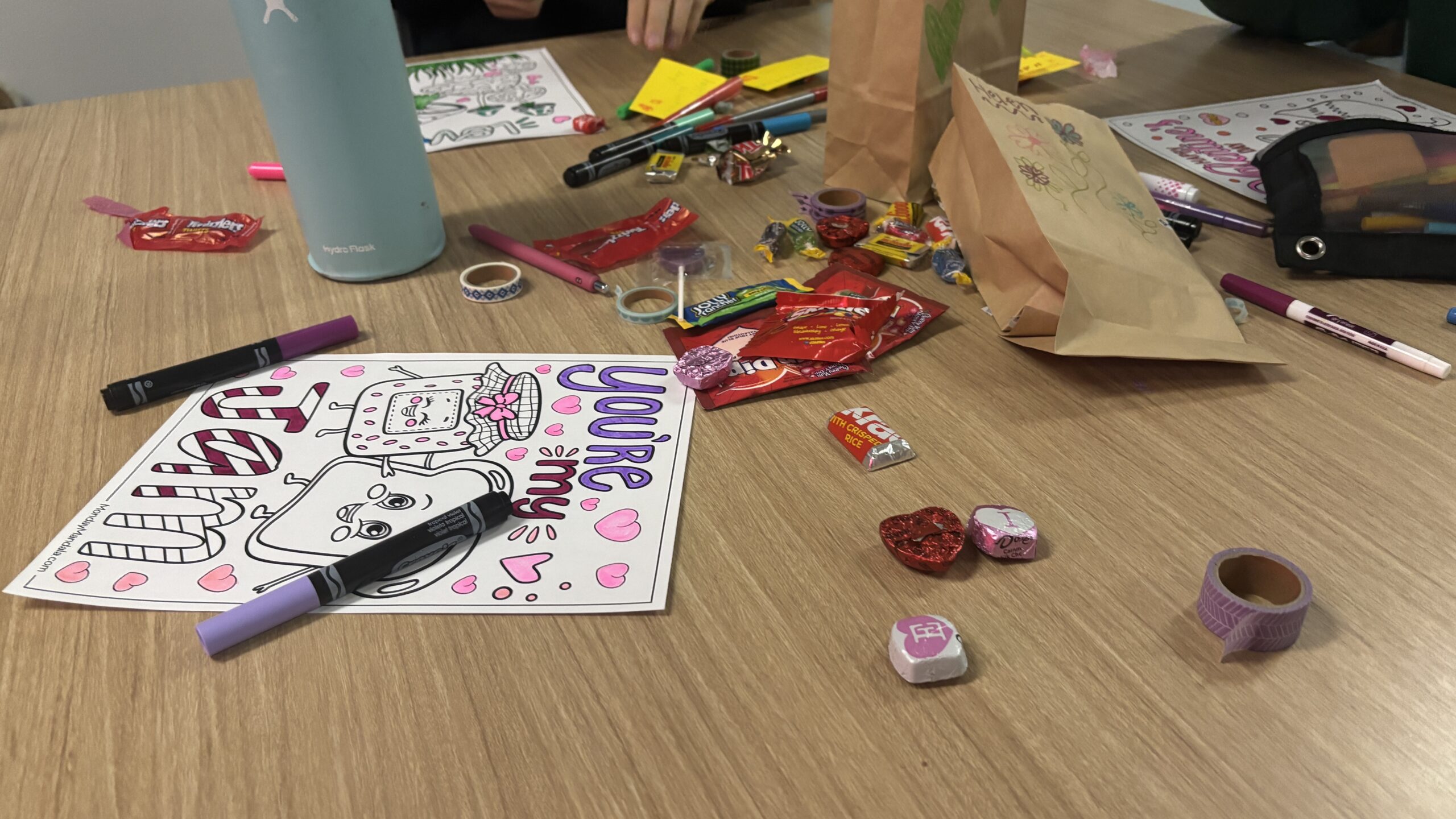Editing, Leadership and Team Building
Leadership positions in Arlingtonian:
Sports Manager (Grade 11)
Editor In Chief (Grade 12)
The turnover between editors was initially a rocky transition and it was apparent that our newsmagazine and journalism program needed some intense TLC. Most of our processes needed changed or adjusted, and we had some hefty financial hiccups at hand. Along with administrative and organizational expectations, we had 19 new students who were both eager and nervous to be on staff.
As a competitive perfectionist, this situation was a love-hate relationship. I was excited about the opportunity to improve and change things from previous years, mainly in regard to the culture and classroom dynamic.
Editing
Cycles
This year, I improved our approach to each issue from brainstorm to distribution. Brainstorms are held after Cycle A has been completed, creating an overlap in stories that allows us to produce issues quicker, and more efficiently. Staff stories are primarily written during Cycle A, and spotlight stories are a combined AB cycle.
At the start of each cycle, editors work hands-on with staff to guide in scheduling interviews. The visuals team spends the first few days collaborating with writers and editors to create cohesive and creative visuals for the issue.
The first week of each cycle is spent largely with one-on-one meetings between editors, artists and writers all working together. The end of cycles have also been adjusted to allow for more collaboration and hands-on editing. Writers submit a rough draft, which is then edited by the managing editor, copy editor and editor in chief. During this time, class is spent asking questions and meeting with writers about comments and edits left on the draft. Writers then submit a final copy, and begin work on their InDesign layouts.
I have made it a goal that editors not only encourage writers using positive language, but meet students where they are at and rope-in other editors if they are struggling to communicate effectively.
Story Tracker
In order to help editors, writers, photographers and graphic artists keep track of assignments , Arlingtonian uses a story tracker using a template I adjusted at the start of the year. I improved this tracker from last year’s version, making a handful of additions and adjustments to the structure, style and functions.
Staff are responsible for updating the tracker frequently, and it is the job of our Copy Editor, Ryan Cho, to check in with staff and log any extensions or missed deadlines of students. When checkboxes are marked as completed, boxes turn green to help give a visual of statuses. When artists finish visuals, they can log that assignments are “DONE” in the appropriate box which will turn it green.
Each part of the process leading up to print is color coded to make the tracker easier to read. Our ladder also follows the same color-coding to help conceptualize where the issue stands from a visual perspective.

Workshops
When writers work on their layouts, they work closely with our Layout Editor, Elise Karas, to create a cohesive and balanced issue. After layouts are submitted, Elise leaves comments on the submitted pdf so that students are able to adjust and edit the layouts to resubmit.
After this, Elise creates a draft package with most of the stories together and puts it into our Shared Google Drive. From this point on, class time is spent workshopping together, and each staff member is responsible for reviewing and editing each story, commenting any feedback or ideas they might have.
In the past we did not spend time reviewing the issue as a class before print, and it showed. I knew this was something I wanted to implement as editor in chief in order to reduce frantic last-minute edits right before print.

This process encourages collaboration and peer review, helping staff learn from each other and be more involved in the publication as a whole. Our layout and managing editors sit at the front of the room with me, answering questions and searching up AP Style specifications during workshops.
After a few days of workshops, edits have been made to the draft package and the final package is ready for review. At this time, we print out copies of the package or have the staff download them onto iPads and we do a final review. Students work with their table to find missed errors and final adjustments. Halfway through class, I put the package onto our big TV and go through each page, correcting mistakes caught by the staff.
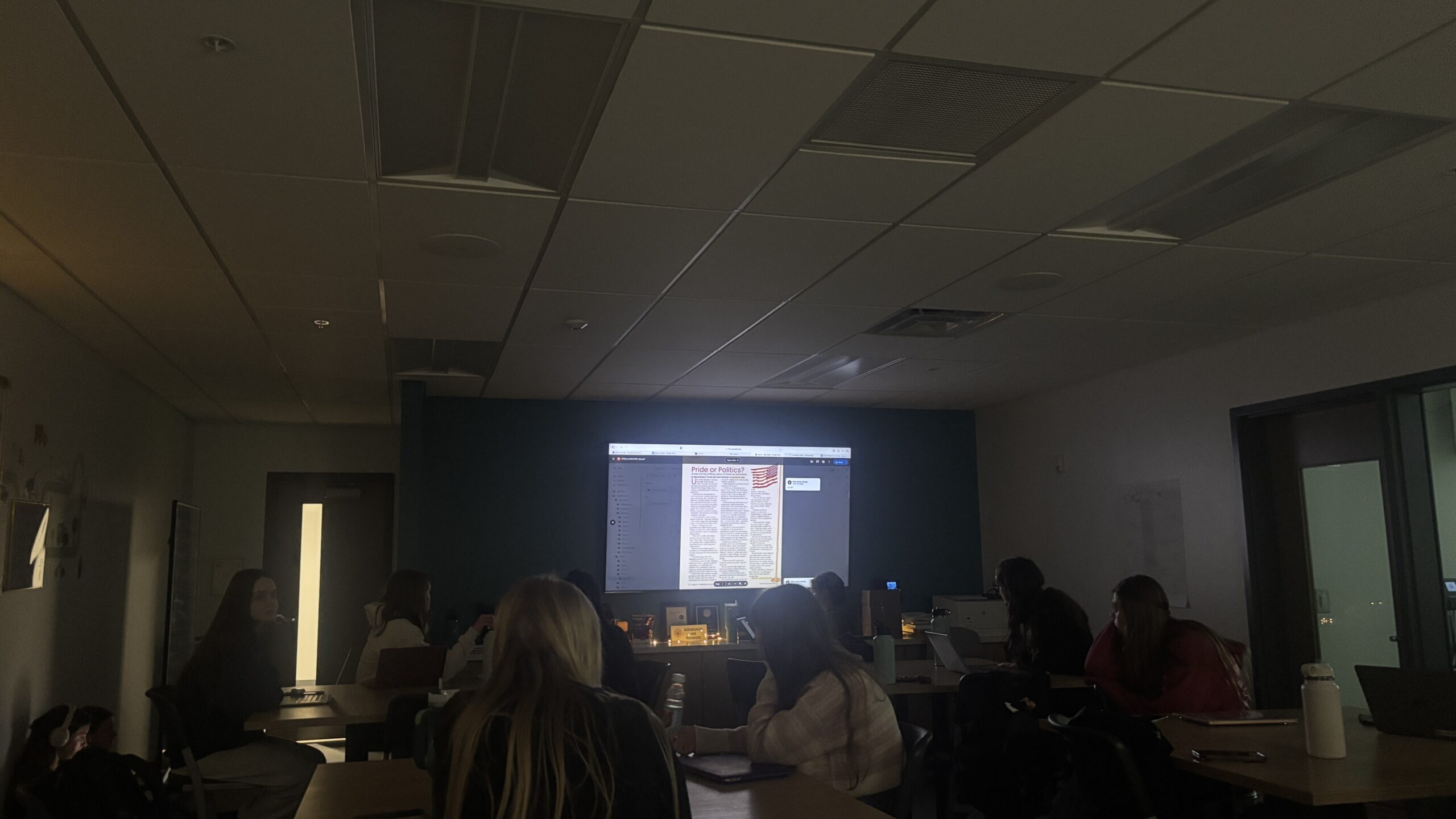
These days are intended to be low-stress and low-pressure, so I make sure to set the room up to reduce pre-print anxiety. We keep the lights dim, turn on our diffuser and play indie/folk music for the period.
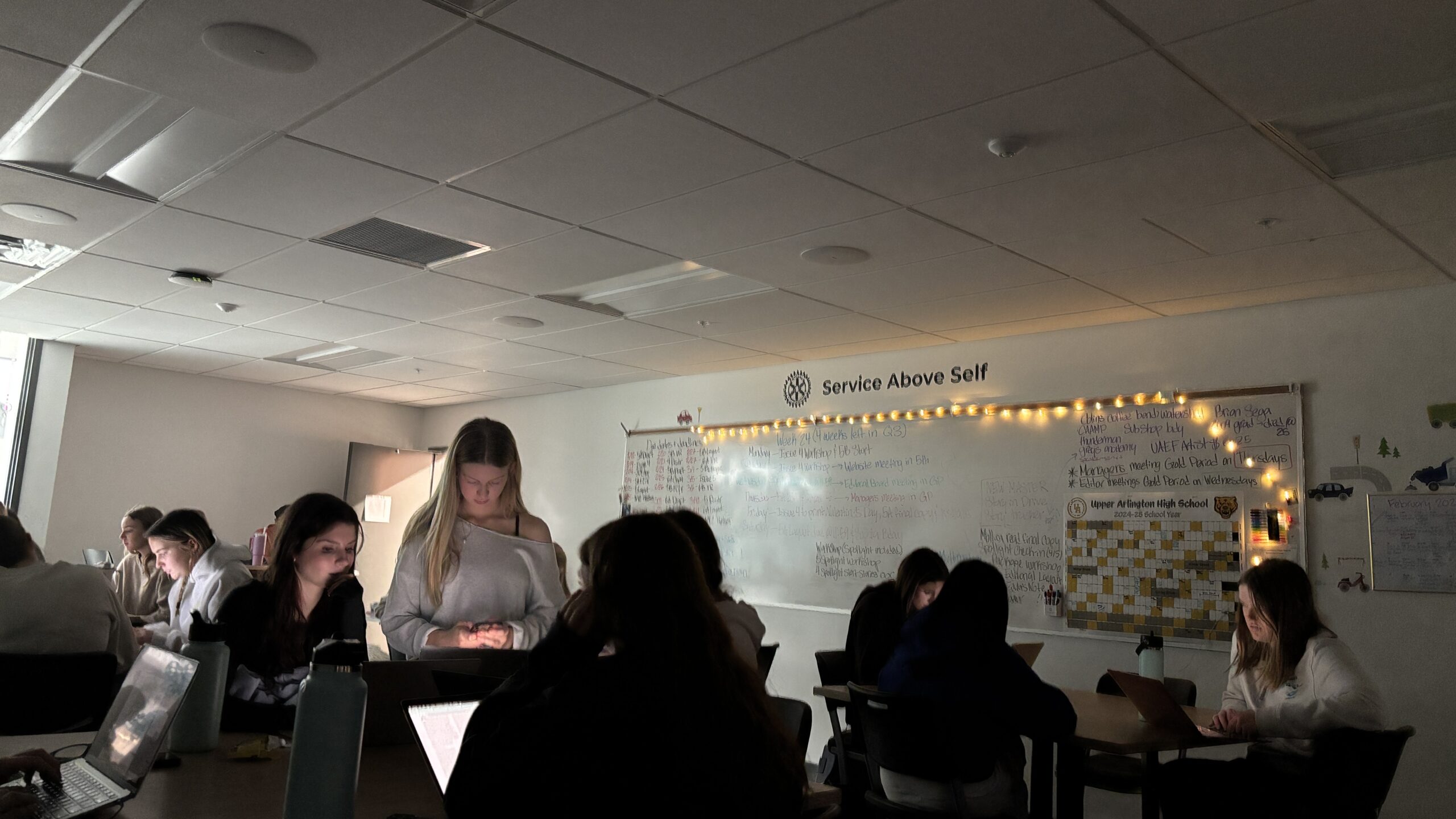
Leadership
I wouldn’t say I have a philosophy when it comes to leading, it’s honestly one of those things where I stand up and start talking, hoping that what I’m saying make sense and that someone will ask a question if it didn’t. I will say, however, that empathy and empowerment are values that I emulate most aspects of my life.
Communication
With overlapping cycles and a staff of 29 student-journalists, things can quickly become chaotic and details can easily fall through the cracks. To help combat this, I have recurring meetings scheduled each week with our website team, editors and managers to check-in and set goals in a smaller group.

To streamline more efficient communication, we use GroupMe to stay connected with the entire staff. Organization is important to me, so I utilize the whiteboards and Apple TV in class everyday. Whiteboards are updated daily, displaying the weekly forecast, upcoming deadlines and additional notes. We also have a whiteboard calendar that we update each month to include birthdays and important dates.
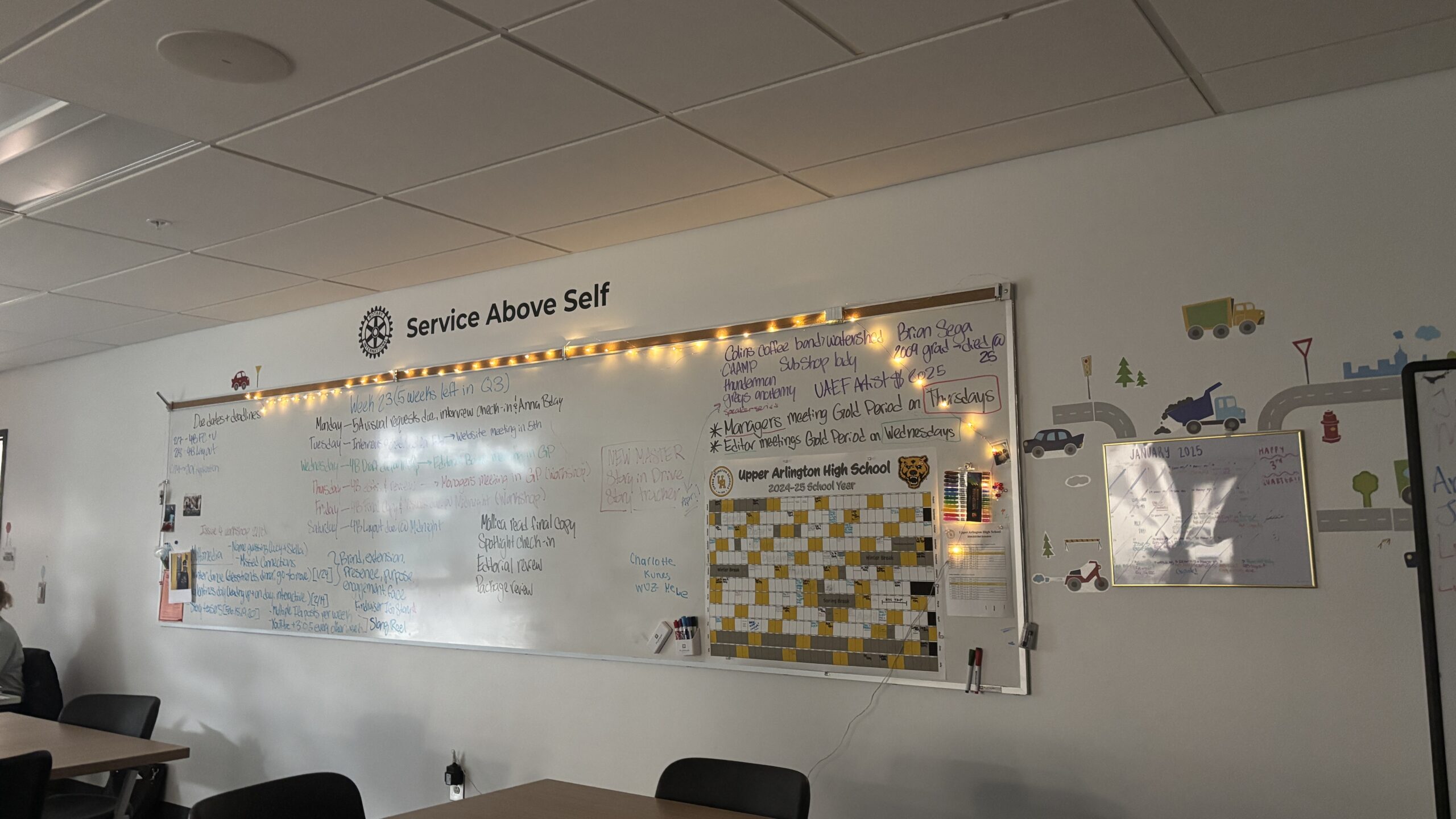
Service
In order to stay on top of editorial responsibilities and assignments, I have made sure that each days work is purposeful and planned. When it comes to editing, editors spend their time in class to ask and answer questions, collaborate with writers and address issues with the staff as a whole.
Editing stories is done out of class in order to utilize our time with the staff as best we can. Frequent conferences also allow for planning and adjusting schedules/extensions based on each students needs.
As editor in chief this year, I spend about 2-3 hours a day in the newsroom to organize and prepare. A majority of this time is spent either writing on whiteboards, updating the drive or discussing the varying needs of students on staff with our adviser. As an editor, my duty is to serve the staff as best I can, setting them up for success by giving them the tools and skills they need in both the newsroom and real world.
Team Building
After both experiencing and reflecting on the culture of the staff last year, it became very clear to me that huge changes were necessary. It became my goal to make the culture more comfortable, courageous and collaborative in the newsroom. A lot had been missing from the publication in regards to leadership and thoughtful initiative, which made many returning staff members nervous for this year. Luckily, I was confident in my ability to curate a healthy environment and life-long experience for the staff.
My involvement within our community and adventure outside allowed me to compare the needs of the publication to other challenges I had already overcome. My experience with student council, committees, sports teams and leadership conferences/courses taught me the various skills it takes to be a strong leader. I felt comfortable and confident as I set out to navigate leading a staff of 29 eager and promising student journalists.
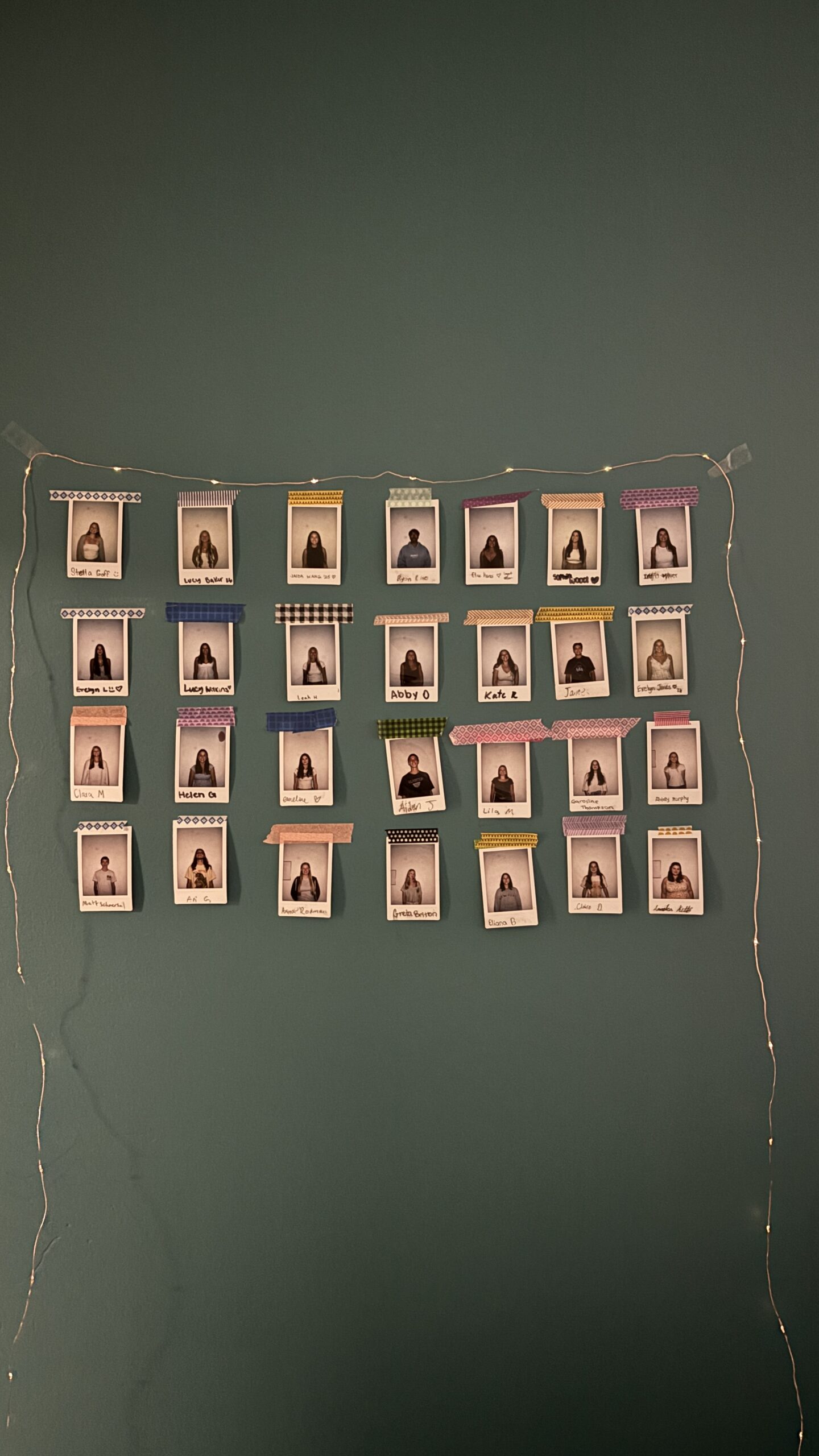
Seating Charts
Creating many get-to-know-you activities adds to the importance of peer connection and strong staff relationships. Through observations, surveys and conversation, I have been able to learn what makes each staff member unique.
This year, I have been mindful in connecting people with similar or different backgrounds so that staff can learn more about each other. This is a huge change and improvement from last year, as there was very little interaction amongst staff, especially between editors and writers. The focus on team building has created a stronger community and healthier culture/morale overall.
This fosters an environment that makes everyone more approachable and encourages collaboration. Intentionally arranging seating charts has helped with delegation and brainstorms immensely, and has served as a catalyst for many personalities and friendships within the newsroom.

Staff Events
I am never one to let a chance for celebration, laughter and bonding pass by. With the help our Community Liaison, Evelyn Jones, holidays have become a time when Arlingtonian staff can escape from the noise of the school into the newsroom and enjoy each others company, without a screen in sight.

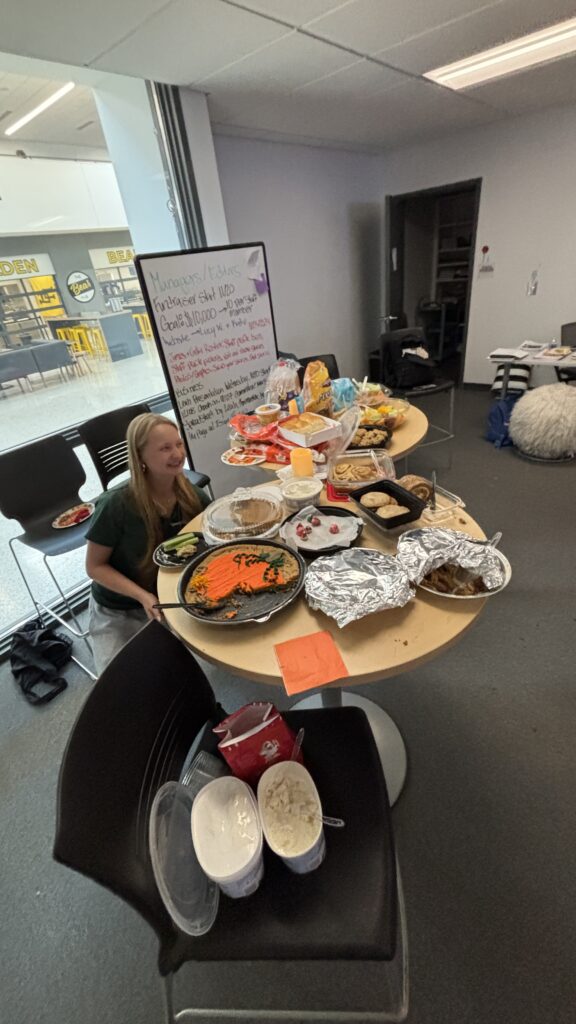
This year, we celebrated Halloween with a “candy salad” and plenty of spooky treats. For Thanksgiving, we had a potluck with a delicious spread of pies, rolls, cookies and more. Staff sat around a large table, passing “warm fuzzies” to each other as they wrote why they were thankful for each person. A few close friends on staff even put together a surprise celebration for my birthday which gave everyone the chance ro take a step back and grab a bite. Apart from out holiday cards, we ended first semester with a gingerbread decorating contest.
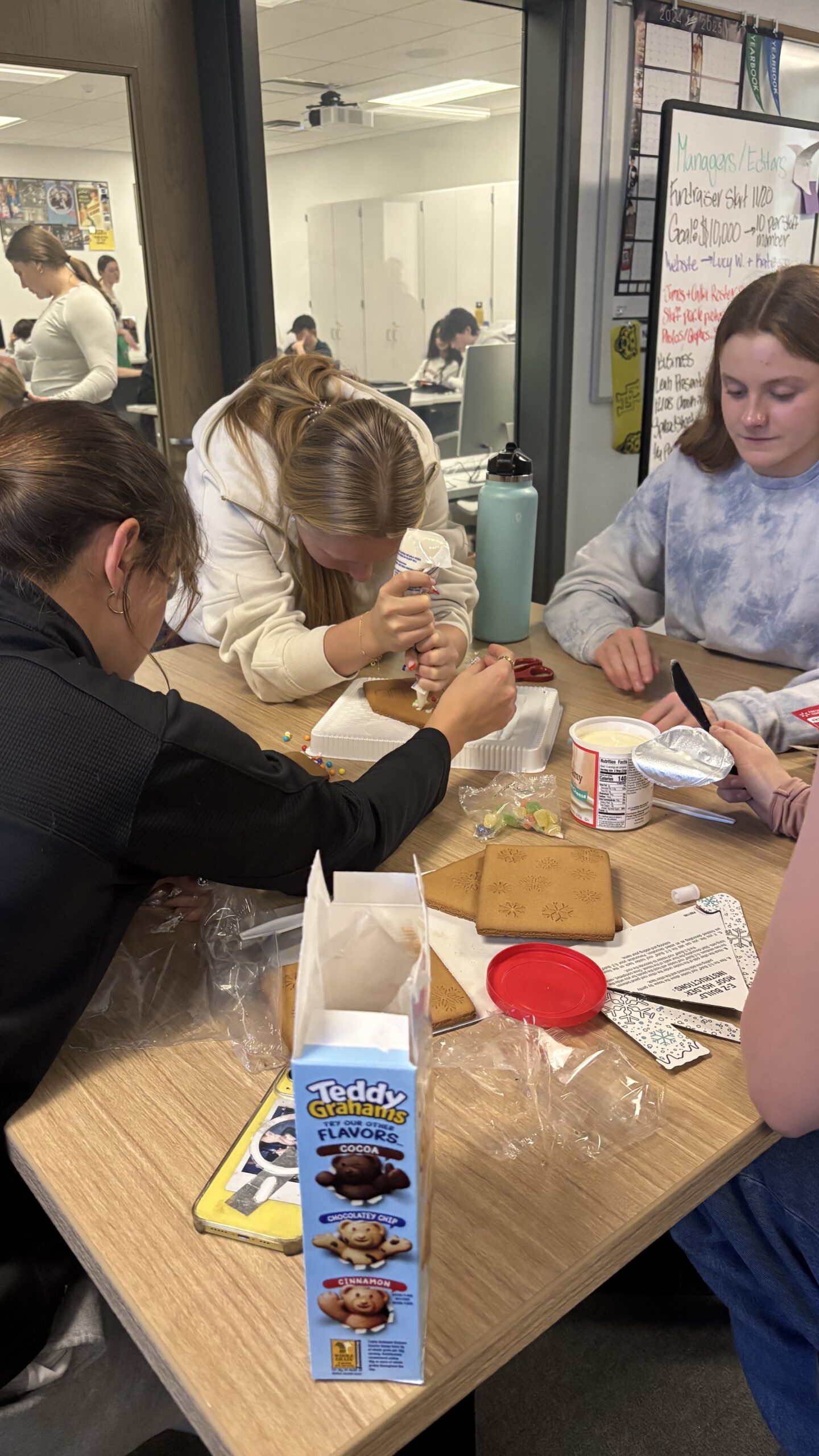
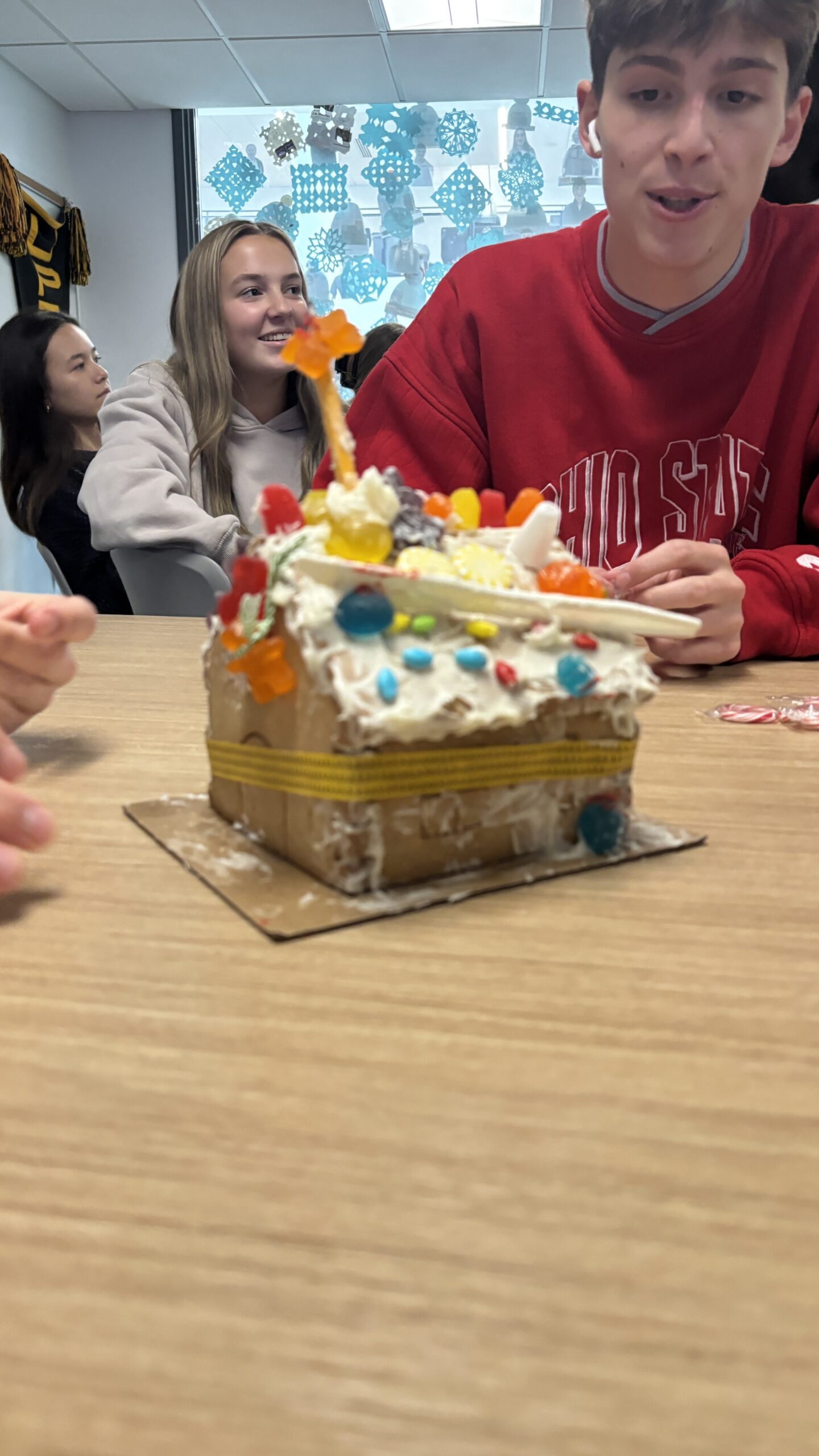
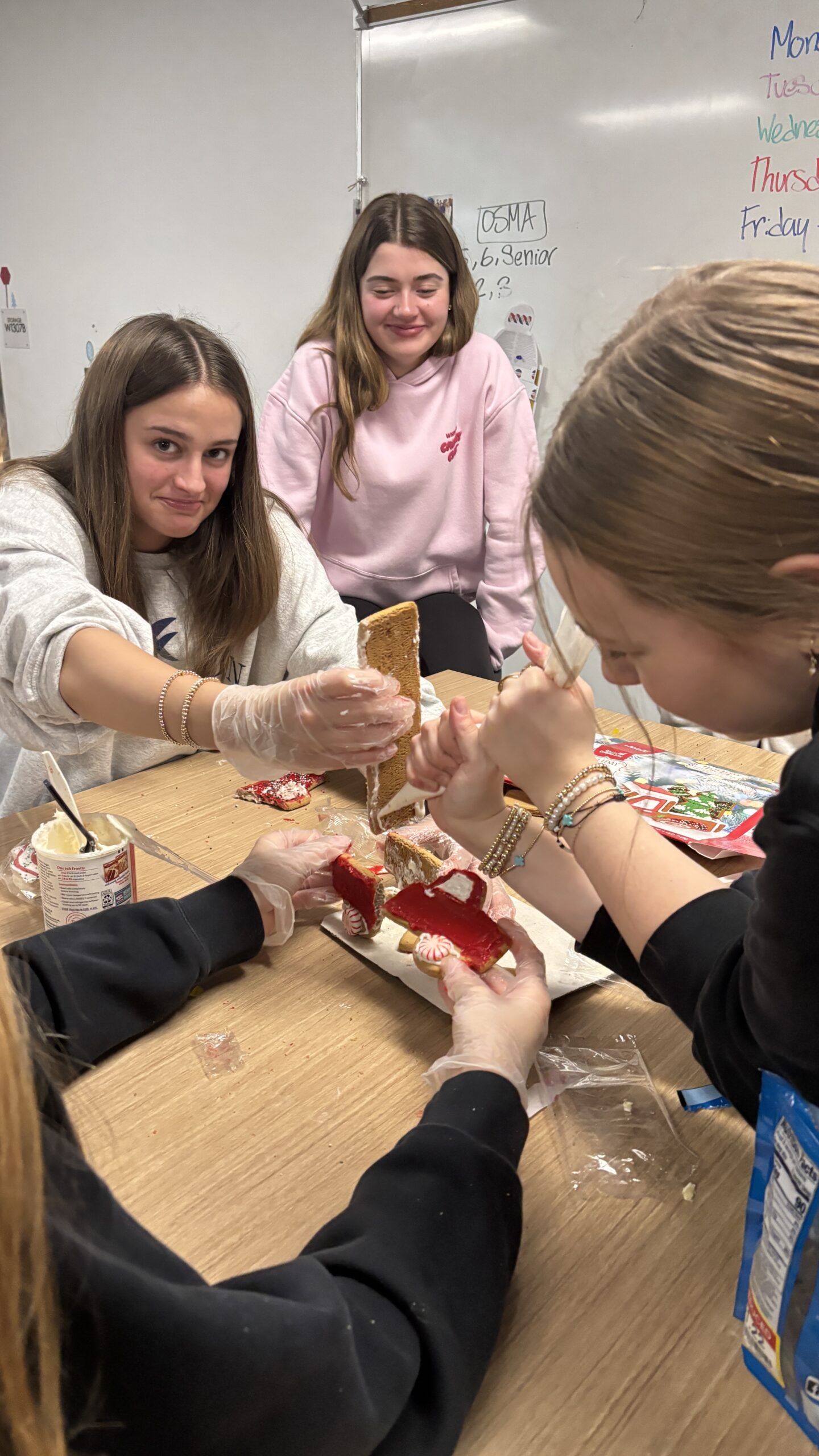
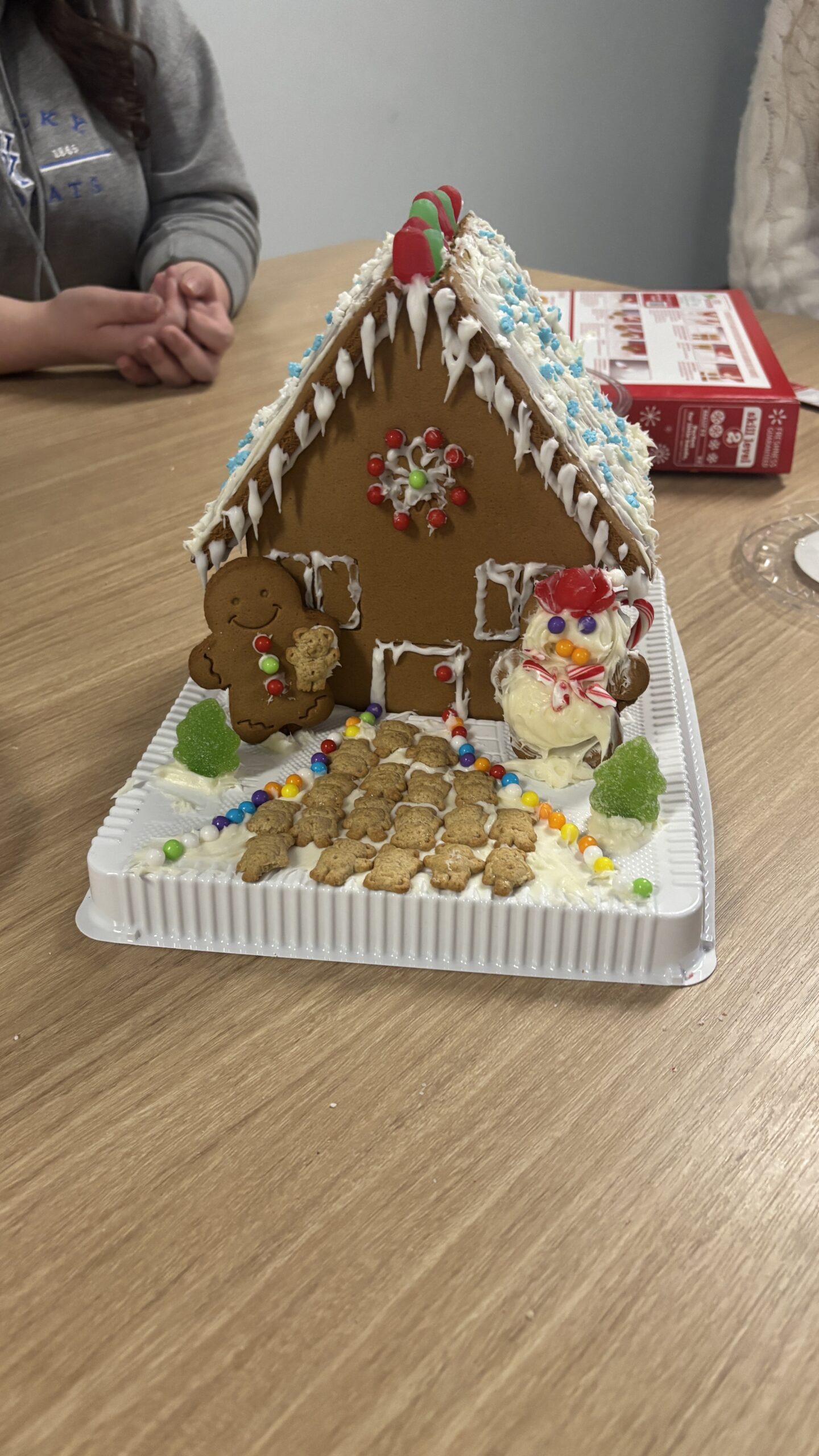
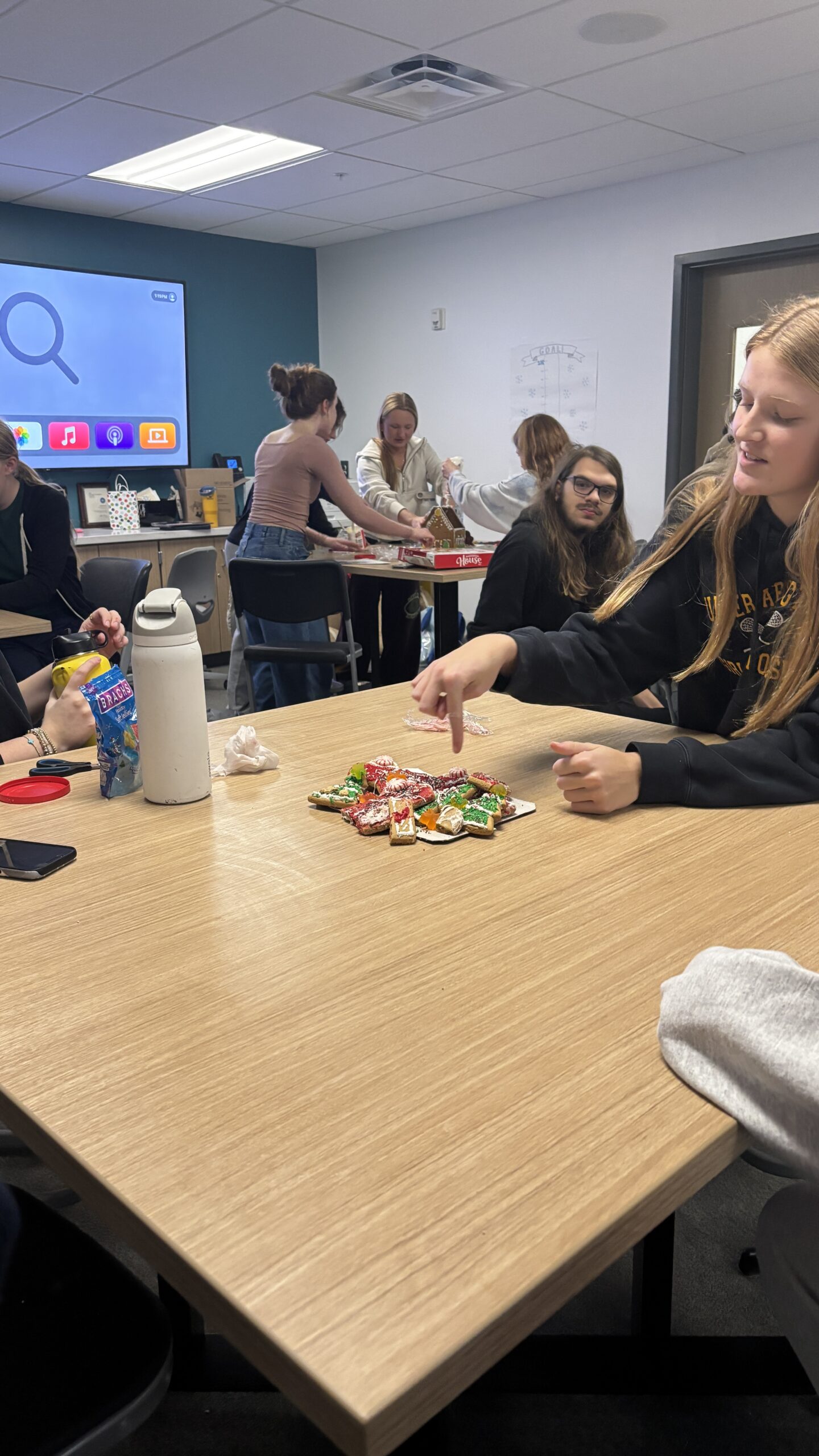
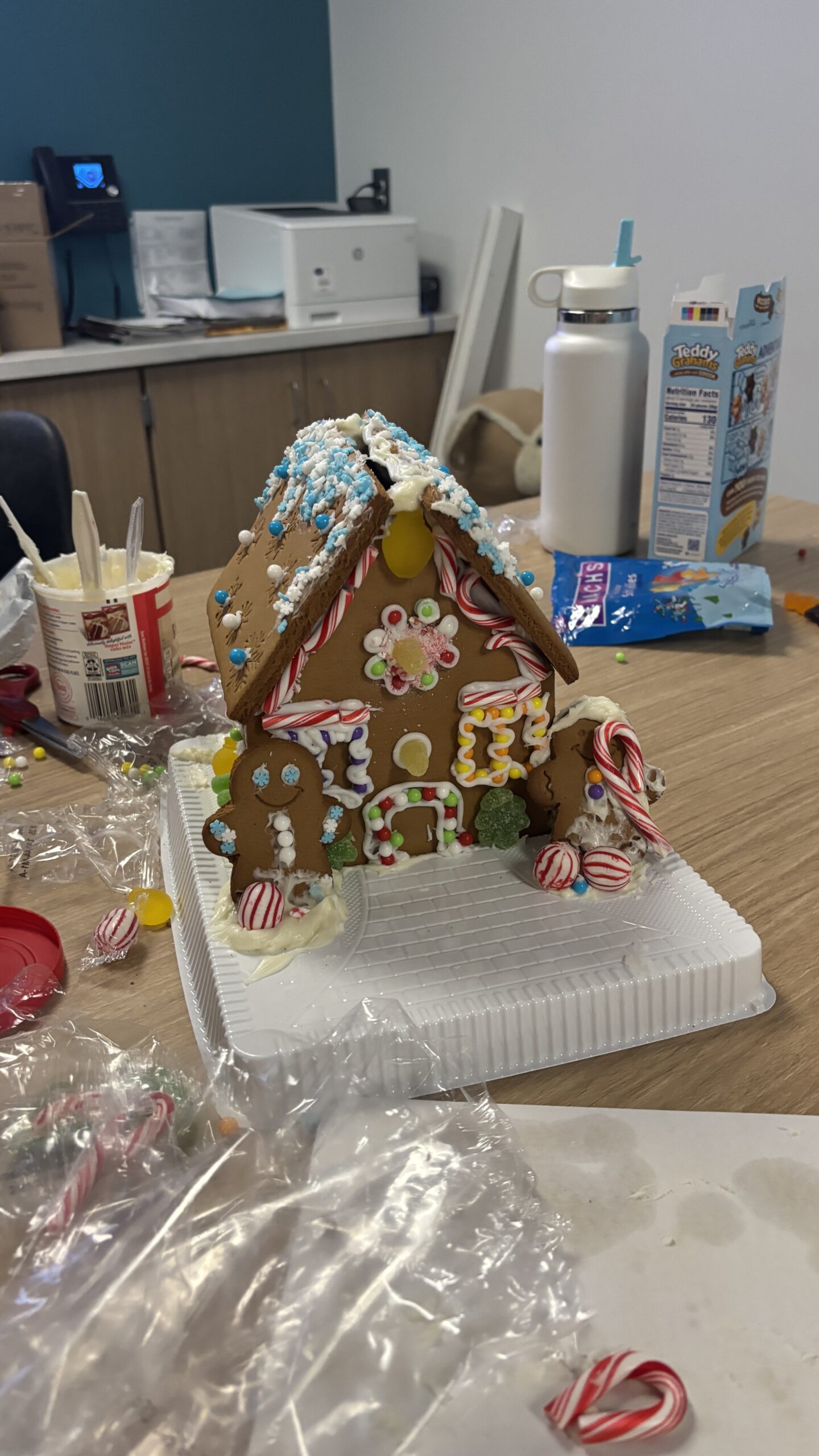
Staff were split up into random groups via candy cane selection and given a gingerbread decorating kit. Students were instructed to assemble and decorate their kit while coming up with a story to tell through the sweets.
This year, Valentine’s Day was the same day that we sent Issue Four to the printer. With only four weeks left in the third quarter, and the flu spreading like wildfire, students have been stressed and sluggish. I knew we all needed a break as we rolled into a three-day weekend.
I asked staff to bring in candy, and candy they brought! We filled a bucket with sweets and I handed table partners a brown bag to decorate. These bags acted as the Valentine’s boxes we all miss from elementary days. Students were prompted to write Valentine’s for other tables and deliver them with candy. I also printed out coloring sheets and played music while the room giggled and nibbled.
